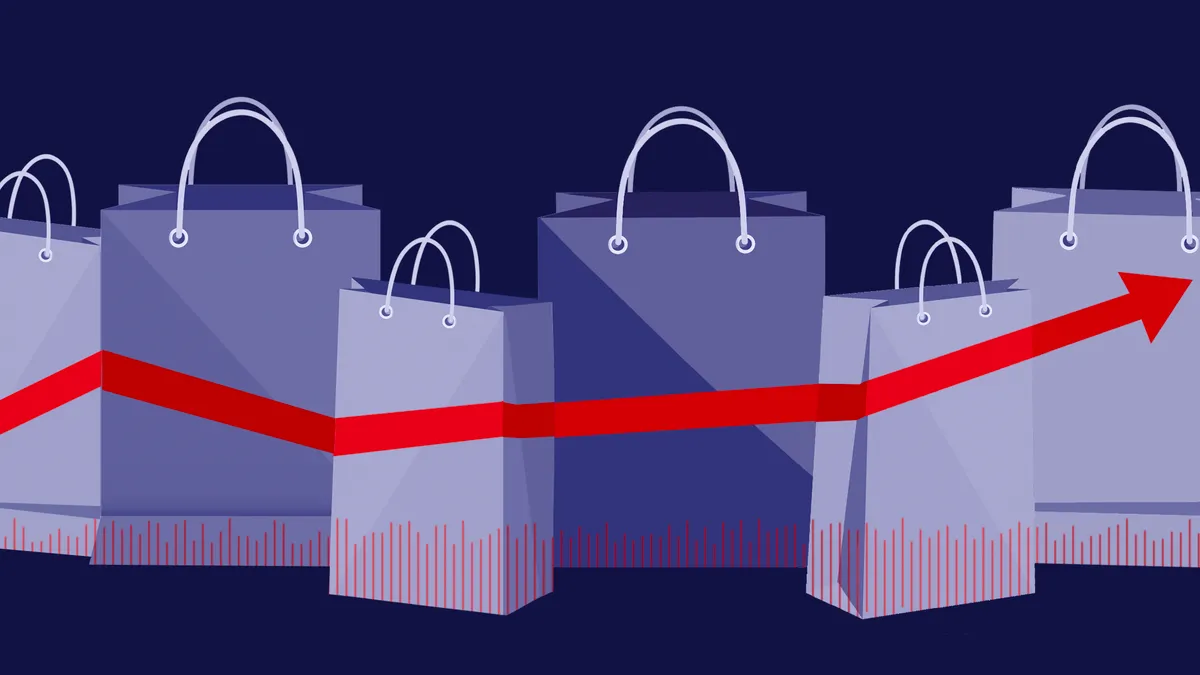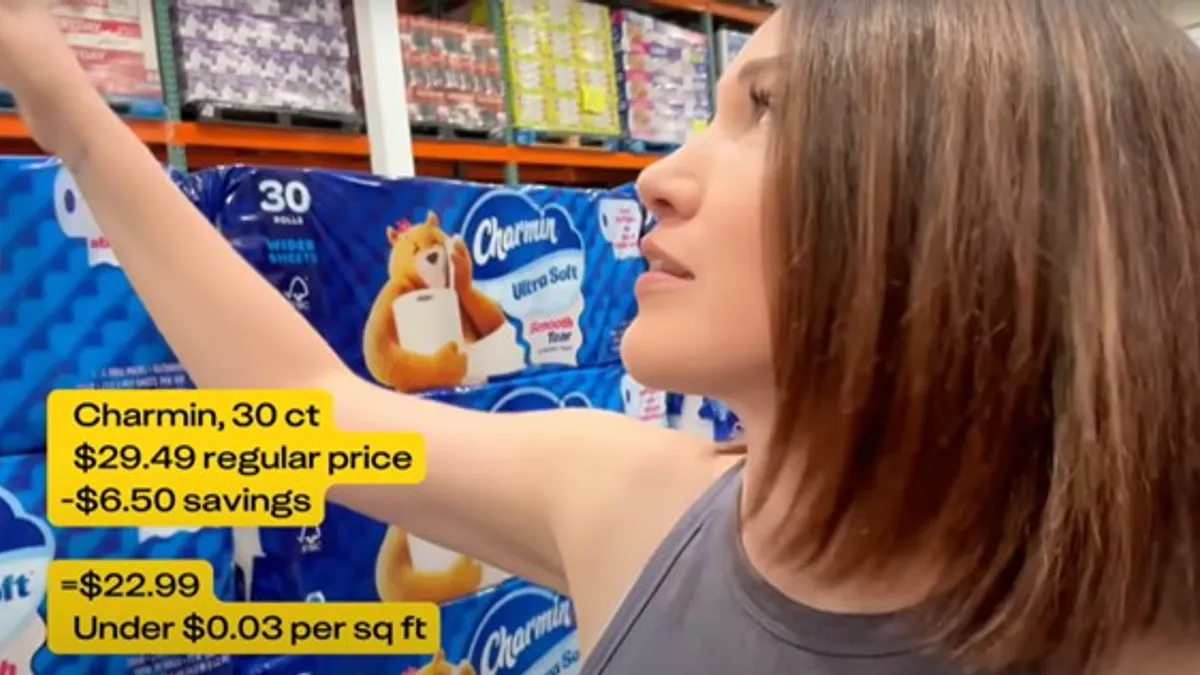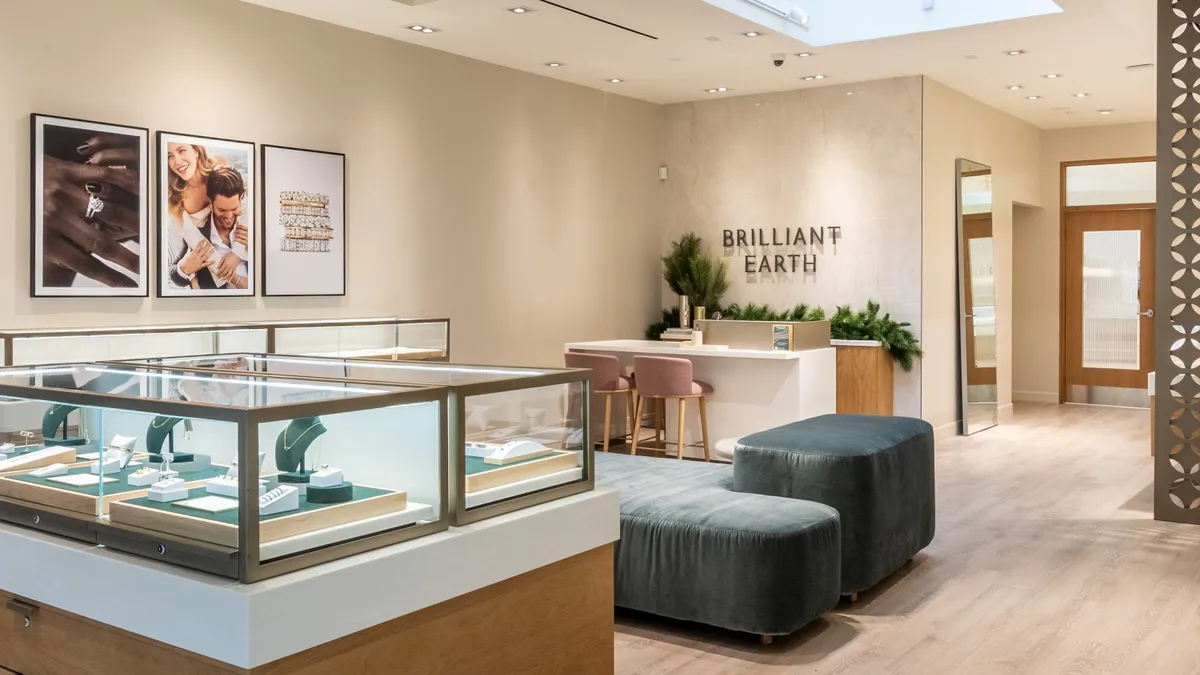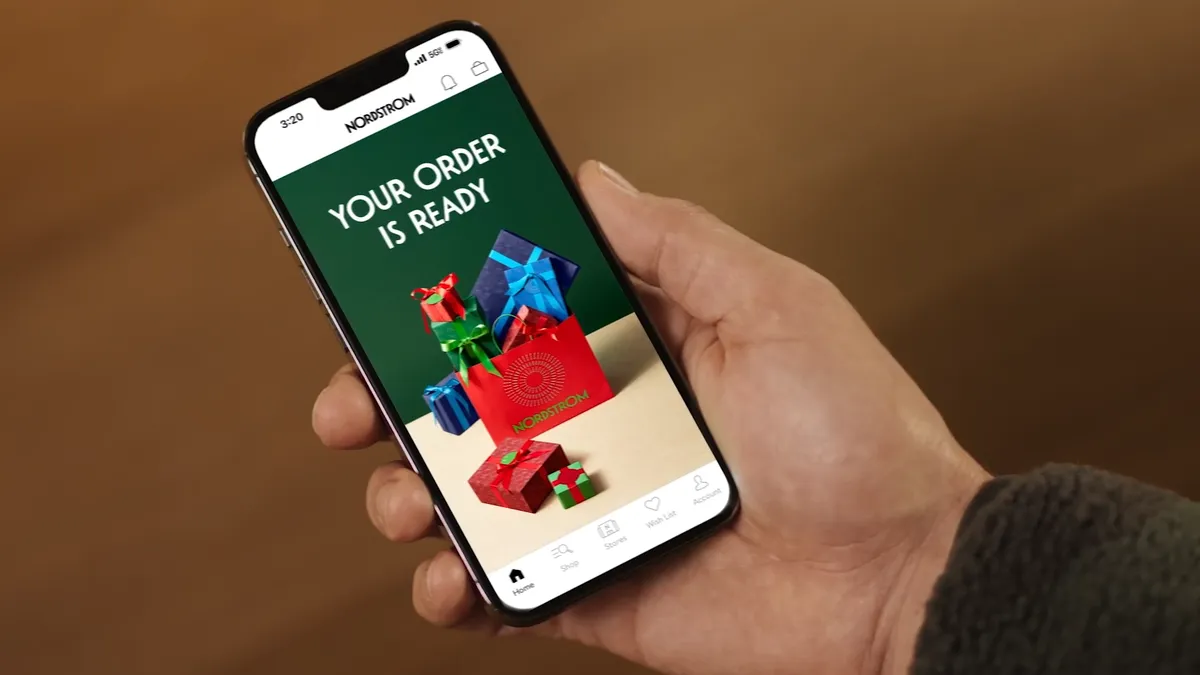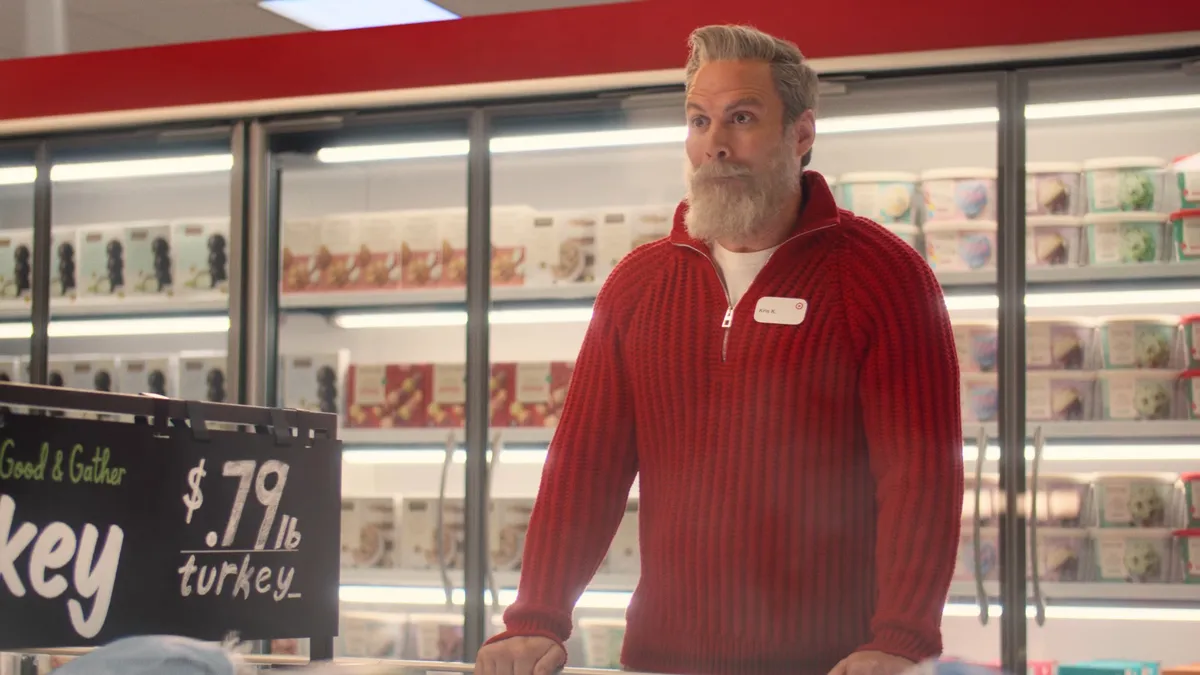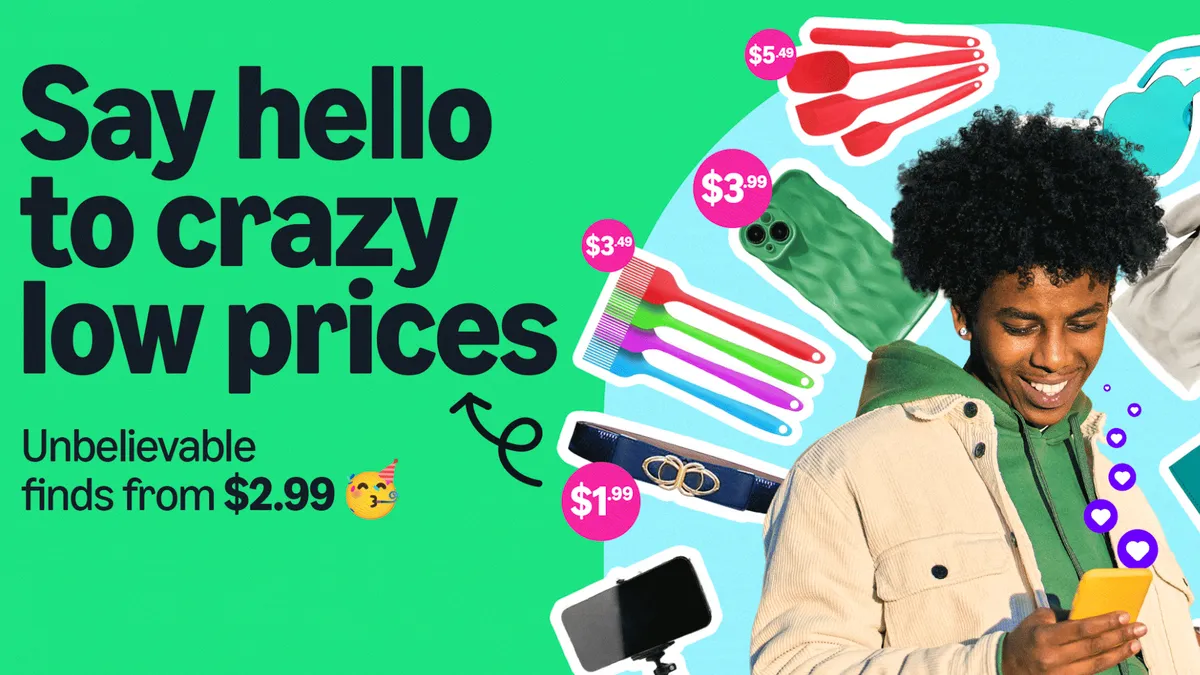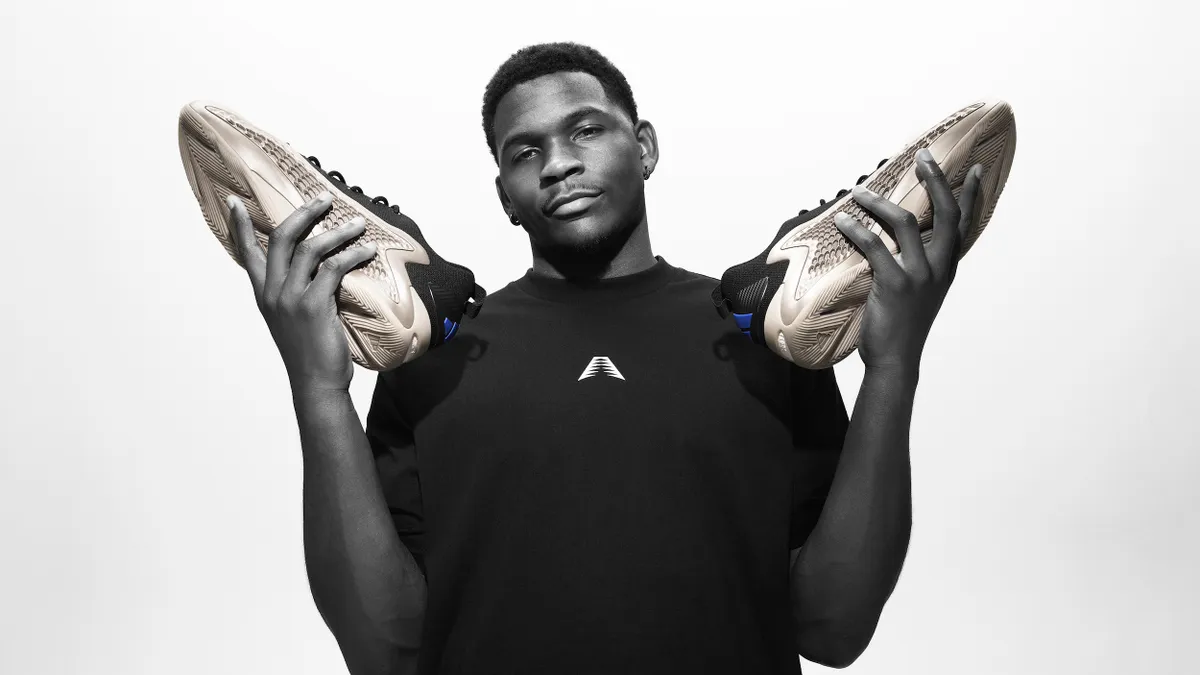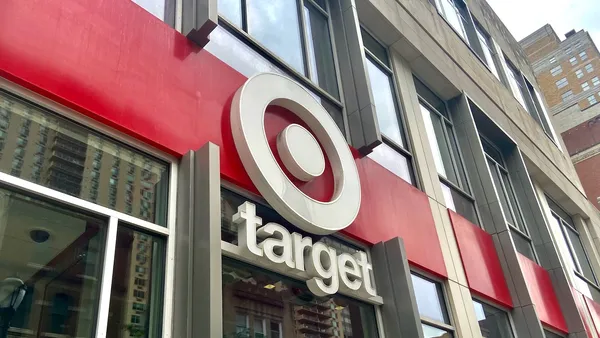As the holidays quickly approach, several big brands have already started experimenting with fresh ways to leverage influencers, hoping to better attract consumers at a time when many are bombarded with product promotions, seasonal advertisements and deals.
Holiday marketing is mainly driven by word of mouth, according to Shareablee's project manager Ann Sciandra, who forecasts a major boost in influencer efforts beginning next month. Signs of influencer marketing's growing role are already apparent even as marketers continue to grapple with issues around fraud. Recent examples include H&M, which used nine Instagram influencers and the platform's polling feature to develop designs for its latest collection for millennials, while Walmart in June began adding photos with bloggers, recipes and other influencer content to its website's product pages. Last week, J.C. Penney launched its first new cross-department private label in years focused on mom influencers.
One key difference in how marketers are likely to leverage influencer marketing this year is by smartly amplifying their holiday content across channels, according to CreatorIQ's Head of Growth Jonathan Kroopf.
"The biggest trend I think we'll see this year versus last year is how marketers find opportunities to amplify content across different verticals. If it's resonating well within the native platform it was created for, why confine it to just that space? It's cost-effective, and if you do it right, you could see major ROI there," he told Retail Dive's sister publication, Mobile Marketer.
Kroopf also predicts retailers will dabble in incorporating influencer content into direct mail initiatives. Instead of using stock images on catalogs and mailers, Kroopf foresees brands using influencers' photos to resonate better with potential customers.
Shifting landscape
With major brands like Unilever swearing off influencers with inflated followings and platforms like Instagram and Twitter purging bot accounts, influencer marketing has faced intense scrutiny this year — even as the strategy continues to balloon as a critical piece of the marketing puzzle.
As the now-established space evolves from its "Wild West" phase, the sales sway influencers like Kylie Jenner drive illustrates why brands are pouring more and more money into the strategy. While marketers have accelerated their influencer spending this year, a focus on how technology can inform their efforts has also emerged.
"You cannot run an effective influencer marketing program without the right technology to assess engagement, fraud and follower trends."

Guy Avigdor
Chief operating officer, Klear
"Everyone's active across so many social networks and generating so much content. It's very difficult to manually assess influencers — their power, their audience, their effectiveness. You cannot run an effective influencer marketing program without the right technology to assess engagement, fraud and follower trends," Klear's COO Guy Avigdor said. "These kinds of technologies make marketers' jobs easier and more robust and allows them to run influencer campaigns at scale."
The dramatic shift toward digital marketing unlocked powerful uses of technology, helping marketers more easily track metrics like reach, engagement and social media buzz and direct their investments more effectively. But while tech and data are critical for measuring the success of a campaign, they don't always provide the entire picture. More than half of executives feel overwhelmed by the number of tools they use, Accenture found. Like the foundation of influencer marketing, it boils down to the human touch to add necessary context. The same goes for measuring the success of these brand relationships.
Different definitions
Nowadays, it may seem as though everyone is an influencer. Some might argue that that's the beauty of the strategy: Build a personal brand, amass a large, loyal following and partner with a brand to create authentic content. But who are these tastemakers? What really is an influencer? And how do advertisers know who is the right fit? There's no concrete definition of the term, though subcategories like micro and macro have cropped up to differentiate those with varying network size. Some go broad and conceptual with their descriptions while others use numeric scores to communicate an influencer's potential brand power. According to Shareablee's Sciandra, the underlying themes of what makes an influencer an influencer are reach, connection and impact.
"People are looking for advocates who can evangelize their product and distribute it to a large enough audience to make a business impact," Sciandra told Mobile Marketer. "Size doesn't always correlate to influence."
A desirable influencer, she said, is somebody who demonstrates growth. The velocity of follower growth can signal key insights into how they might perform in a future campaign and help marketers identify the next generation of up-and-comers.
New influencers on the block
While nearly half of marketers planned to increase their influencer marketing budgets this year, many are searching for more cost-effective ways to harness similar buzz. Some have begun to look internally to transform their own employees into brand advocates.
Macy's in June expanded its Style Crew, a brand ambassador and social selling program that showcases fashion inspiration and behind-the-scenes looks by department store and corporate staff. The initiative launched last year with 20 members and now has more than 300, signaling the rapid success of the effort that selects staffers to share Macy's-sponsored posts to their social channels.
In July, Equinox and SoulCycle partnered on a talent management agency to build the personal and professional brands of the fitness companies' instructors and drive brand exposure through social media training and sponsorship deals.
"If we've learned one thing in our 27 years of innovation and leadership, it's that our people define our experience — and our excellence," Equinox Executive Chairman Harvey Spevak said in a press release. "While we have always been recognized for the impact that our talent has on our community, our fitness experts will become exponentially more influential with the creation of our talent agency."
"You want someone who's going to be engaged with your product and who's able to passionately endorse it. The key is identifying someone who's already an enthusiast, and a good place to start is within the company walls."

Jonathan Kroopf
Head of growth, CreatorIQ
This type of employee advocacy drives a greater impact on customers' purchasing decisions than a traditional influencer campaign, according to a June Sprout Social survey. The tactic can complement other influencer efforts or serve as a scalable, cost-efficient alternative, as some brands like Macy's offer bonuses or other incentives to employee advocates rather than outright contracts typical for influencer deals. By leveraging high-reach staff, brands can expand their reach with authentic content from employees that are already familiar with the company's messaging and goals.
"You want someone who's going to be engaged with your product and who's able to passionately endorse it," Kroopf said. "The key is identifying someone who's already an enthusiast, and a good place to start is within the company walls."
The shady side of social media
Deceptive practices on social channels are nothing new, though when it came to influencer marketing, fraud appeared to be just an isolated issue. Like many digital advertising channels, the influencer space is considered to have grown rife with bought followers, murky sponsorship disclosures and inflated success metrics around likes and comments.
"For a long time, fraud went completely unchecked. There was a whole generation of influencers that purchased followers, and that was just part of their strategy," Kroopf said. "What we're seeing now is a huge response to that with tools to identify those influencers, so it's harder to mask fraud. There's a lot more transparency now."
That transparency stems from a number of brands, platforms and industry leaders taking action over the past year to shine a spotlight on the industry-wide problem that cuts far deeper than previously thought.
At Cannes Lions in June, Unilever CMO Keith Weed announced that the CPG giant would cut ties with influencers that buy followers, highlighting growing pressure from brands to boost transparency in their advertising. His call to arms: "We need to take urgent action now to rebuild trust before it's gone forever." Some brands, such as Nike, L'Occitane and HelloFresh, have brought their influencer efforts in-house to wield more control over partnerships. L'Oréal recently debuted a three-step vetting process — complete with third-party background checks — to weed out the fakes and allay potential brand safety risks, while some agencies are changing the way they charge for influencer campaigns to focus less on the number of followers, which can easily be skewed.
Big-time brands aren't the only ones working to detect and prevent fraud. Facebook, Twitter and Instagram, the leading channel for influencers, have aggressively purged bots in recent months and updated their platforms to prevent further spam. Still, the biggest challenge is scale, and industry experts say it's mostly a game of whack-a-mole.
"Fraud is naturally more apparent now as influencer marketing has really exploded. The growth of the two go hand-in-hand," Klear's Avigdor said. "Very soon, I think it'll be only a matter of using the right technologies to vet, measure and track influencer programs."
Influencer-powered efforts are still a fast-growing trend in marketing, with 65% of multinational brands planning to ramp up investments in the space over the next year, a July World Federation of Advertisers study forecasts. According to Kroopf, fraud likely isn't scaring off brands from deploying the strategy any time soon.
"If anything, I think it's actually making them spend more because they now have tools to enable them to spend confidently, whereas in the past they weren't able to validate whether potential content partners actually had a healthy audience," he said.






